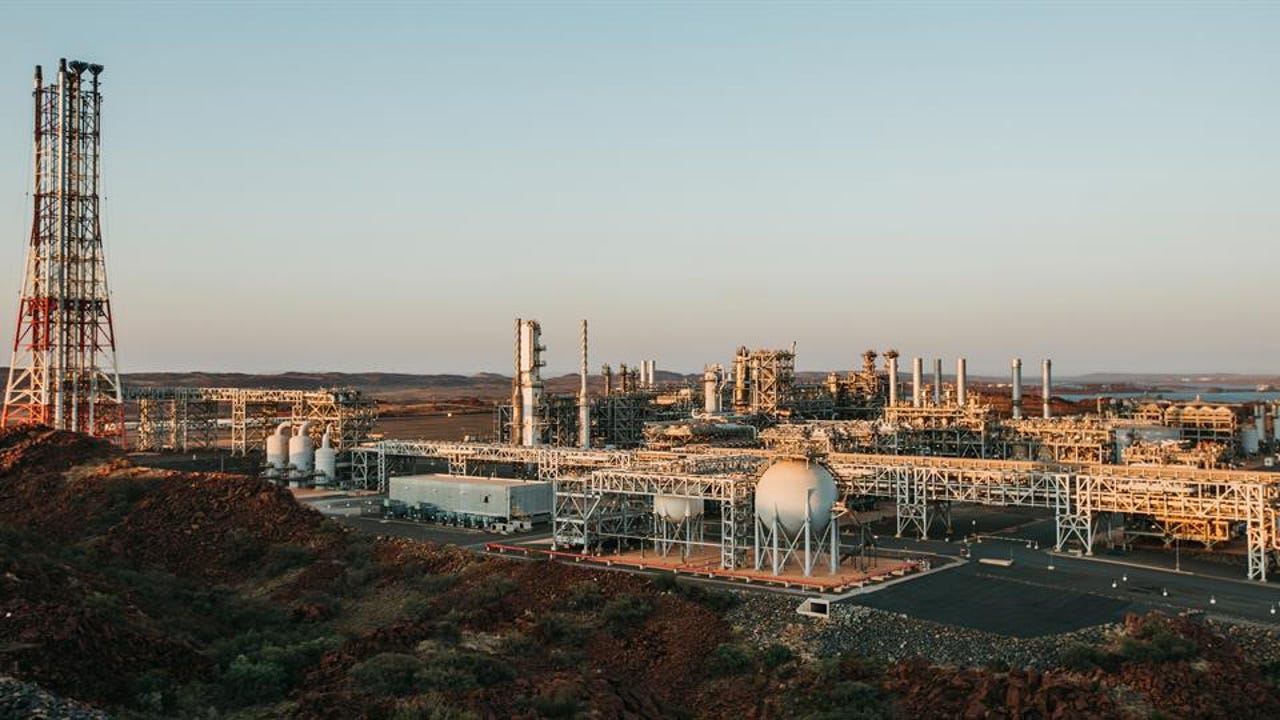Woodside using data and machine learning to improve LNG plant safety


Woodside Pluto LNG
Australian oil and gas producer Woodside is gathering tonnes of data captured across its organisation to determine ways to remove people from hazardous environments.
AWS re:Invent
After announcing a few years ago its plans to collect data, Woodside VP of technology Jason Crusan shared a handful of examples where it has put that data to use.
"The journey that we're going through now is increasing the overall data that we're acquiring from Internet of Things (IoT) sensors and robots, and then even more broad use of analytics AI and machine learning for optimisation ... of our plants to enable that high production level that we want to get to," Crusan explained during AWS re:Invent in Las Vegas last month.
"Eventually, even deployment of robots to site for not just the surveillance piece, but actually manipulation … in safety situations or hazardous environment situations, being able to send the robots in to do a manoeuvre or some kind of procedure, instead of putting a human in harm's way."
Although Woodside is in the early days of deploying a new sensor suite, Crusan said the ability to acquire sensor data through robotic mobility platforms has upped the overall safety of operators.
"Our workforce is operating in a high temperature -- 40-plus [degrees Celsius] ambient temperature -- and certainly in some cases on a plant, even above that. It's moving them out of that high heat environment, high stress environment that they would be operating in and letting the robots do that measurement remotely," he told ZDNet.
"Because why would I send a human out into that kind of harsh environment to just do measurements? Let either sensors or robotics do that measurement, and then allow the humans sitting behind the controls … to then make a more intelligent decision."
Another example Crusan shared was where plant inspections are concerned. Rather than shutting down parts of a plant, robotics allow for constant active monitoring.
"We can send the robots into these harsh environments, high temperature, high noise, high vibration, electrical shock … and we can acquire more data without having to wait for a maintenance window," he explained.
"Inherently that raises the overall safety posture because we just have more access to data and are able to make better decisions, which then increases our safety. It's hard to quantify that at the start, but if you can monitor every piece of equipment at all times, inherently you get to a higher safety state."
Similarly, by using sensors such as cameras, Woodside is using machine learning to monitor equipment.
"We have a bunch of rotating equipment, it consumes oil over time, we have oil sitting in the oil site gauge, so typically our operators would have to go out and look at how much oil it's consuming over time … and then be able to calculate its consumption rate," he said.
"The use of machine learning there is taking an optical image of that, taking that measurement and basically converting it from a picture into data as another electronic tag [in] our system."
Woodside has also brought automation into the shift handover process, using reports from data gathered from a previous shift to give the next operators in-depth knowledge at a glance of what happened.
With legacy systems being replaced with sensor equipment, Crusan said Woodside has adopted a mixture of edge and on-premises compute, as well as cloud.
"It isn't a one size fits all for everything, and what we've done really well is actually leveraging all that capability. It has been migrating more and more cloud over time because that's the logical pathway for that, but it is a blended environment that we operate with," Crusan told ZDNet.
"We would like to collect every data point we ever could about the plant, that hasn't been an economical thing to do in the past, and [with] cloud and large scale data storage, that basically allowed us to acquire and store indefinitely, much, much more data.
"You can then put it in a robust environment that our entire workforce can access in a true data lake fashion."
Asha Barbaschow travelled to re:Invent as a guest of AWS.